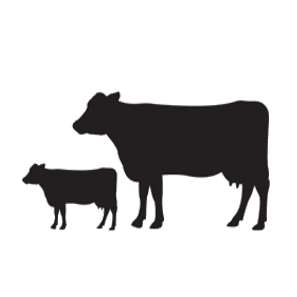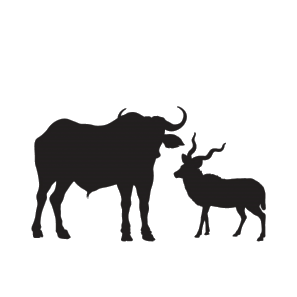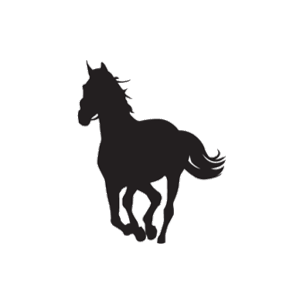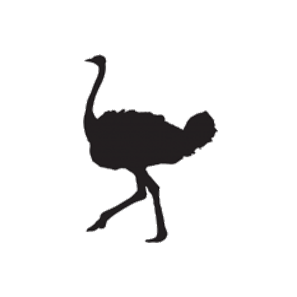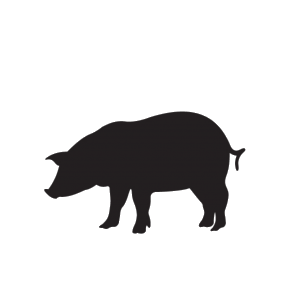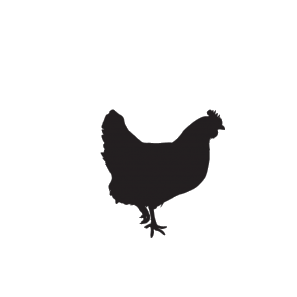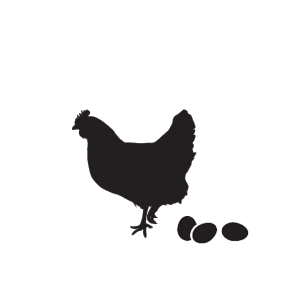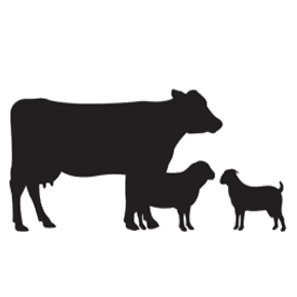There are 305 breeds of domestic rabbit in the world that originate from the European rabbit, Oryctolagus cuniculus. From the exceedingly fluffy Angora rabbit to the huge Flemish giant and every other bunny in between, we’re decoding the terminology often used in rabbit breeding.
Physiological Terminology
Kits: A collection of baby rabbits.
Doe: A female rabbit.
Buck: A male rabbit
Dam: The mother of a particular rabbit.
Sire: The father of a particular rabbit.
Anatomical Terminology
Belled ears: Ears that droop, this can sometimes happen in a developing rabbit in hot weather. The ears have large tips with a distinct lop.
Dewlap: Loose skin under the rabbit’s chin.
Hock: The first joint on the rabbit’s hind leg.
Quick: The sensitive pink part of a rabbit’s nails that contain blood vessels and nerves. Care should be taken during the trimming of nails to ensure that this part is avoided.
Scut: A rabbit’s tail.
Breeding Terminology
Kindling: The act of a female rabbit giving birth to her babies.
Nest box: A box that is provided for a pregnant rabbit to nest and give birth to her kits in.
Foster: Placing newborn rabbits with a different doe so that she may mother it.
Gestation period: The period of time that a doe is pregnant, distinguished as the period between breeding and kindling. In a rabbit, this is usually 28 to 31 days.
Litter: A group of baby rabbits born to the same mother in the same kindling.
Colony raising: A management system that raises many rabbits together in one area.
Crossbreed: Breeding two or more breeds of rabbits.
Outcrossing: The breeding of two rabbits from unrelated pedigrees.
Palpate: Feeling for developing embryos in the doe’s abdominal cavity in order to establish whether she is pregnant.
General Terminology
Hutch: Housing for rabbits.
Malocclusion: A genetic defect in rabbits in which the teeth are misaligned.
Moult: The act of a rabbit shedding fur.
Wool block: A blockage in the digestive tract of a rabbit that is caused by fur.
Weaning: The act of separating a rabbit from its mother and transitioning it from milk to solid food.
Warren: A large fenced area in which rabbits can burrow and live.
Rabbitry: A place where rabbits are kept.
Binkies: The act of a rabbit running and jumping into the air.
Carriage: The manner in which the rabbit carries itself.
Chinning: The act of a rabbit marking territory by rubbing the scent glands under their chins on items or people.




